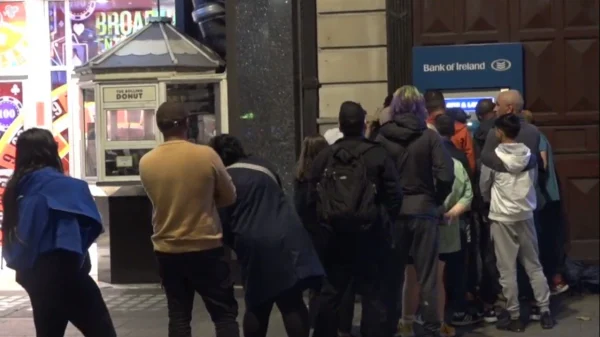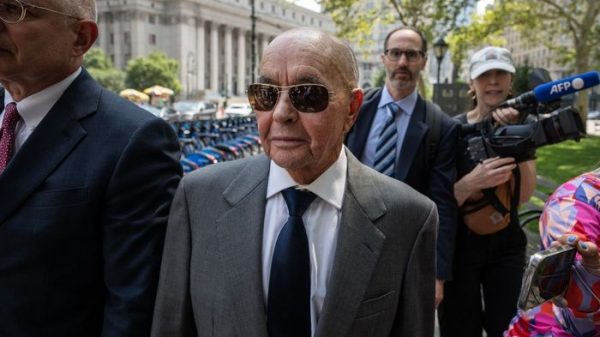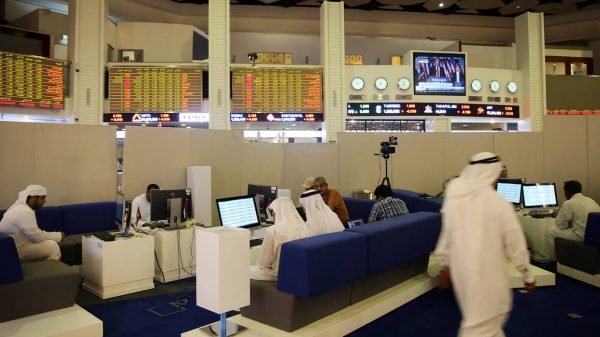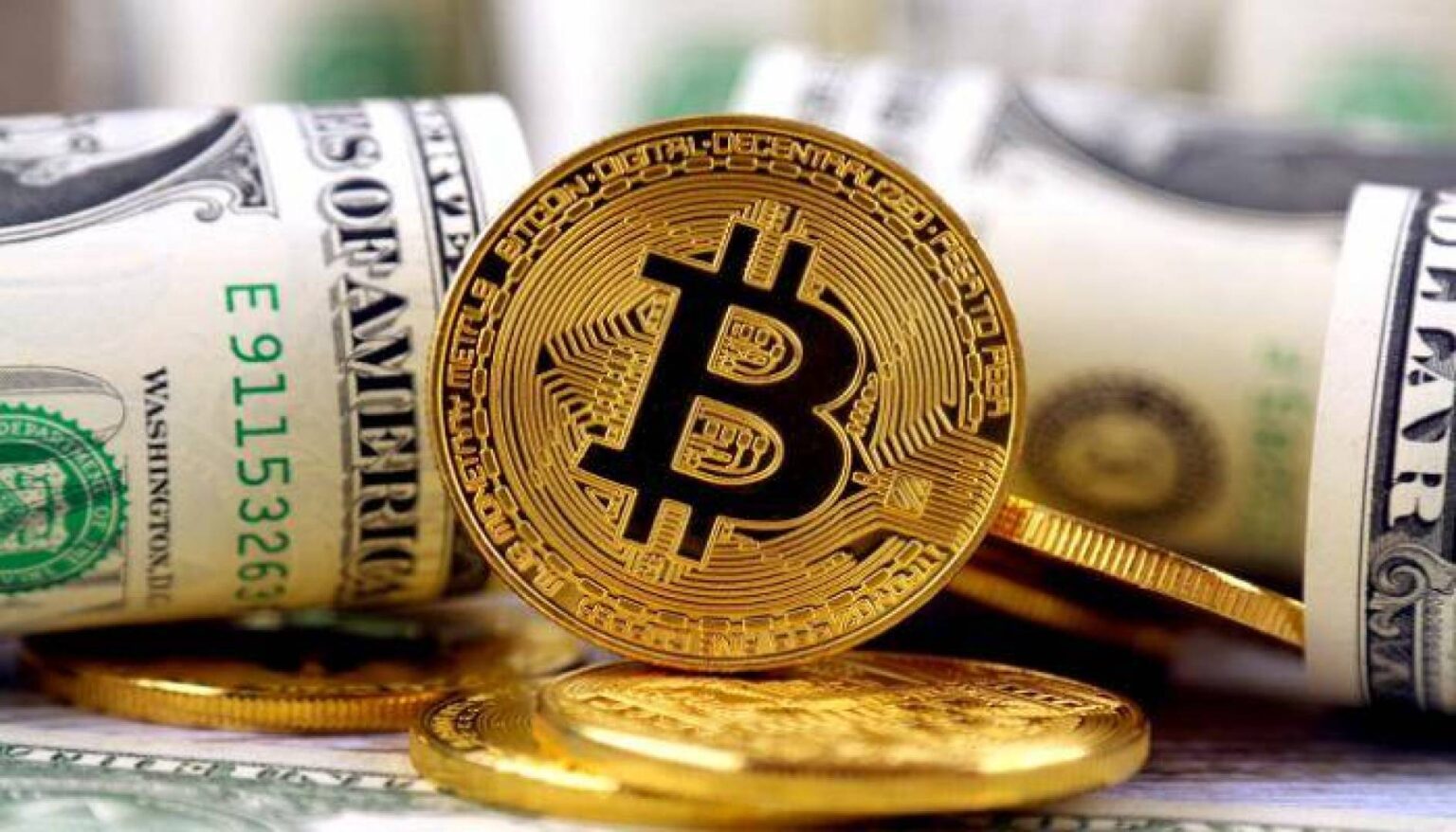Bitcoin have rallied yesterday and reached more than $34,000, gaining 4.3% in just two days.
The rise came after a series of fluctuations in the cryptocurrency.
In mid-April, Bitcoin reached the levels of $64,870, and is currently losing 48% of its value.
Bitcoin added 10% to its value last week, and is up 17% so far this year.
A research recently concluded that trading volumes on major cryptocurrency platforms decreased by more than 40% in June, in light of regulatory restrictions in China.
In addition, lack of volatility was one of the factors that affected the activity.
Data from London-based research firm CryptoCompare showed that spot transaction volumes fell 42.7% to $2.7 trillion, with derivatives volumes down 40.7% to $3.2 trillion.
Bitcoin, the largest cryptocurrency, fell more than 6% last month, its lowest level since last January, after authorities in China tightened restrictions on currency trading and mining operations.
In a stock-based fractional reserve system, you cannot escape the effect of the money coefficient. If you keep your wealth in the banking system, someone somewhere uses it to work by re-lending it.
At the same time, you can engage in re-lending your savings to earn a few extra returns (like those who want to use loans as a short selling mechanism). In the end, it is entirely voluntary, the platform is, at least in theory, fully preserved.
Those who think that a full reserve system is better and more stable will argue that this is a good thing. It may or may not be, that is beyond the scope of this post.
Bitcoin looks down to inflation at the moment. But this is because those who choose to opt out of investing their money in the business effectively reduce the acceleration of their money to zero.
Recent data from BitinfoCharts indicates that approximately 17.8 million bitcoins out of the approximately 18.75 million currently outstanding coins are classified as dormant addresses.























































